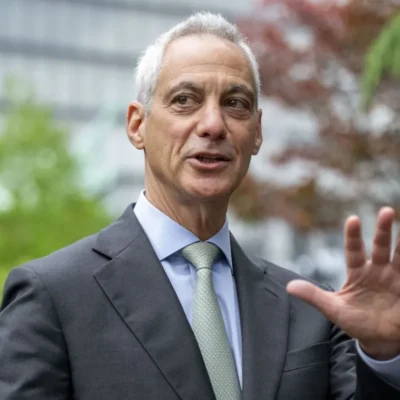For decades, the idea of the American Dream has symbolized hope, success, and upward mobility. It is the belief that anyone, regardless of their background, can achieve financial stability and personal fulfillment through hard work and determination. But in 2025, many Americans are questioning whether this dream is still within reach.
What is the American Dream Today?
Traditionally, the American Dream meant owning a home, having a stable job, and providing a better future for one’s children. It represented freedom, prosperity, and success. However, as society evolves, so does the definition of the American Dream.
In recent years, economic shifts, high inflation, student loan debt, and rising housing costs have made financial stability harder to achieve. Younger generations, particularly Millennials and Gen Z, are redefining success. Instead of homeownership and lifelong employment at a single company, many now prioritize work-life balance, mental health, and personal fulfillment over traditional markers of wealth.
Rising Costs and Financial Struggles
One of the biggest challenges facing Americans today is the rising cost of living. In cities like New York, Los Angeles, and San Francisco, home prices have skyrocketed, making it nearly impossible for many young people to buy a house. Rent prices have also increased significantly, forcing people to spend a large portion of their income on housing alone.
Additionally, inflation has driven up the cost of groceries, gas, healthcare, and education. Many workers have seen their wages stagnate, making it difficult to keep up with expenses. While some industries have seen salary growth, it has not been enough to balance the cost-of-living increases.
Student Debt and Its Impact on Young Americans
Another major barrier to the American Dream is student loan debt. Many young Americans graduate from college with tens of thousands of dollars in debt, which takes years—sometimes even decades—to pay off. This financial burden delays milestones such as buying a home, getting married, or starting a family.
The federal government has made attempts to address the student loan crisis, with debt relief programs and loan forgiveness plans. However, the debate over whether college should be free or more affordable continues to divide politicians and citizens alike.
The Changing Workforce and Job Market
The traditional career path of working for one company for 30-40 years and retiring with a pension is becoming less common. The modern workforce is shifting towards gig economy jobs, freelancing, and remote work.
Technology and automation are also reshaping industries. Artificial intelligence (AI) and robotics are replacing jobs in fields like manufacturing, customer service, and even creative industries. While new job opportunities are emerging in tech and digital industries, many workers struggle to adapt and gain the necessary skills.
The pandemic accelerated the acceptance of remote work, with many employees now preferring flexible work arrangements. Companies that do not offer remote or hybrid work options are losing talent to more adaptable employers.
Homeownership vs. Renting: Is Owning a Home Still Possible?
Owning a home has long been considered a key part of the American Dream, but in 2025, it remains out of reach for many. High mortgage rates, strict lending policies, and competitive real estate markets make buying a home difficult, especially for first-time buyers.
Some Americans are choosing to rent instead, valuing the flexibility it provides. Others are exploring alternative living options, such as co-living spaces, tiny homes, or relocating to smaller, more affordable cities.
Immigration and the American Dream
For many immigrants, the American Dream represents the promise of a better life. However, immigration policies and visa restrictions have made it more challenging to start fresh in the U.S.
Despite these challenges, many immigrants continue to contribute significantly to the economy and society. They start businesses, create jobs, and bring diverse cultural perspectives that enrich the country.
Is the American Dream Dead?
The American Dream is not necessarily dead, but it is changing. While traditional success markers like homeownership and corporate stability may not be as attainable for everyone, new definitions of success are emerging.
For some, financial independence means investing in stocks or cryptocurrency instead of buying property. Others find fulfillment in traveling, working remotely, or starting their own businesses. The emphasis is shifting from material wealth to personal well-being and freedom.
also read:How Social Media is Changing American Politics—For Better or Worse?
Final Thoughts
The American Dream is evolving in 2025. While financial struggles, student debt, and housing challenges make it harder to achieve in the traditional sense, people are redefining what success looks like for them.
Rather than focusing on outdated ideals, Americans are creating new paths to happiness, proving that the dream is not gone—it’s just different.
What does the American Dream mean to you in 2025? Is it still alive in your eyes?






